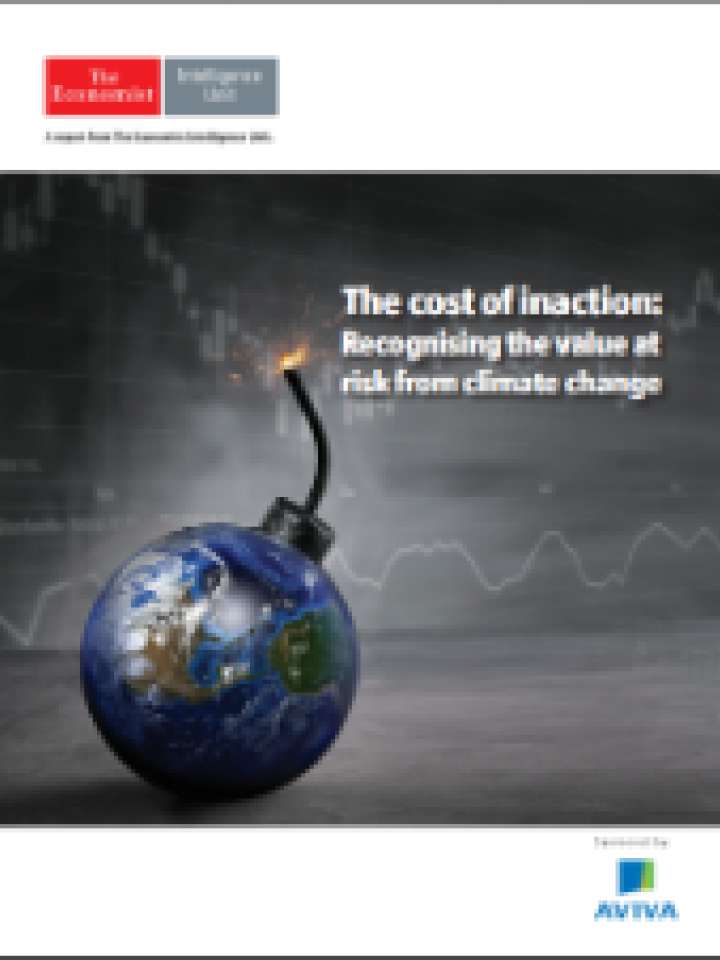The cost of inaction: Recognising the value at risk from climate change
This report suggests that much of the impact of climate change on future assets will come through weaker growth and lower asset returns across the board. These indirect impacts will affect the entire economy, even though the direct damage will be more localised. Indirect damage is a particularly important portion of the overall risk in the more extreme scenarios (those with 5-6°C of warming). Asset managers cannot simply avoid climate risks by moving out of vulnerable asset classes if climate change has a primarily macroeconomic impact, affecting their entire portfolio of assets. In effect, total global output will be lower in a future with more climate change, rather than one with mitigation, and accordingly the size of the future stock of manageable assets will also be lower.
This is a collective action problem that must be addressed if carbon emissions, and thus climate risks, are to be reduced. Institutional investors can collectively influence the companies in their portfolios to adapt and prepare for a lower carbon future.
Moreover, investors can actively engage with policymakers, encouraging them to address this market failure as something that is in their collective self-interest. Although pricing carbon is essential, a carbon price alone is unlikely to completely solve the problem of climate change; complementary policies are necessary. The financial services sector has a vital role to play in managing the tail risks. To do so, better information and more thorough disclosure are needed by all market participants so that investors can make informed decisions. Financial institutions, however, have an obligation to manage their tail risks, and institutional investors specifically must manage their funds with the long-term benefit of their beneficiaries in mind. For this to be possible, regulators should issue guidance explicitly recognising climate risks as material.
This means that disclosure of carbon emissions and acknowledgement of climate-related risks by publicly listed companies should be mandatory. Institutional investors should be able to assess and, where feasible, mitigate their climate risks accordingly.nstitutional investors can collectively influence the companies in their portfolios to adapt and prepare for a lower carbon future.
Explore further
